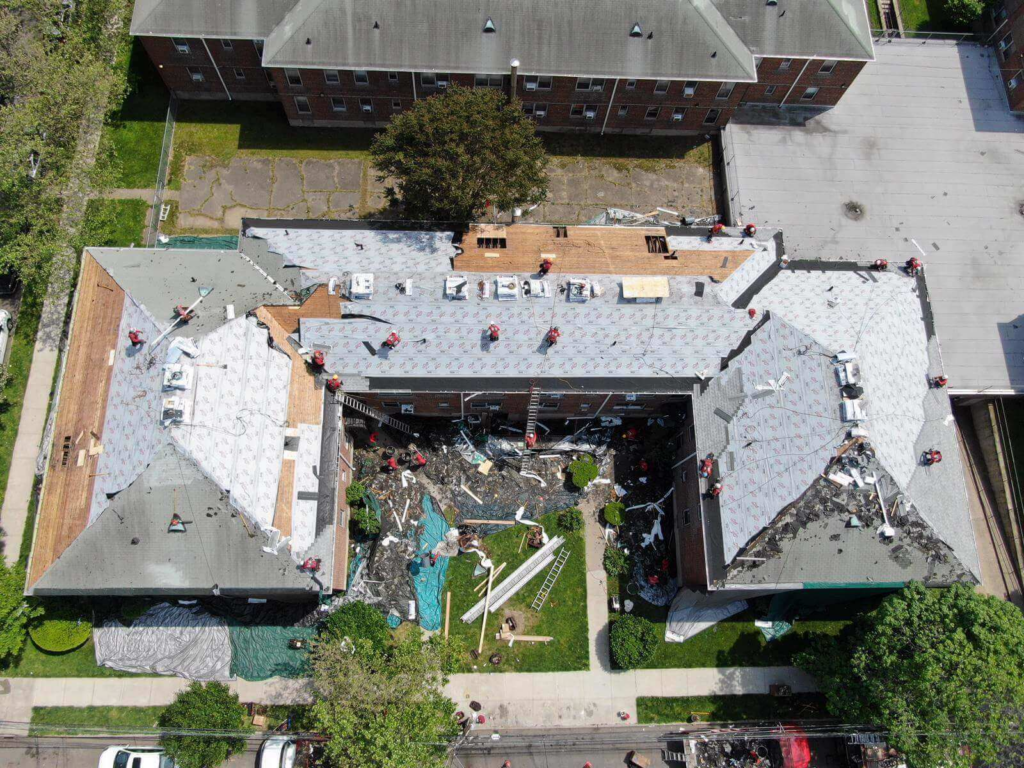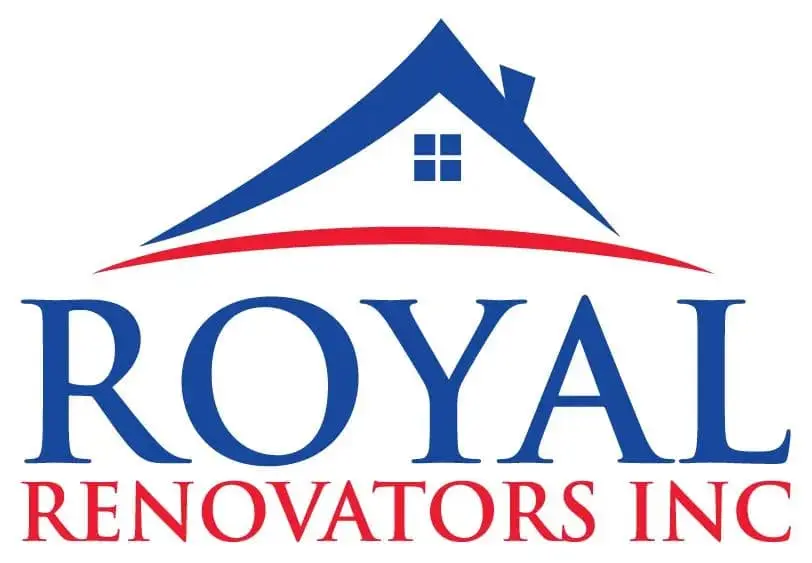Understanding Sloped Roofs: The Good And The Bad

Many homes and businesses choose for sloped roofs when they are considering roofing options. In addition to improving a home’s curb appearance, these roofs have practical advantages. The benefits and drawbacks of sloped roofs can be better understood by visiting a reliable roofing firm when planning a roof replacement or modification.
Sloped Roofs: What Are They?
A sloped roof, as its name implies, has an angle that facilitates the drainage of precipitation. The risk of leaks and water damage is reduced on sloped roofs because, in contrast to flat roofs, they are built to allow drainage. Both aesthetics and practicality are affected by the roof’s slope.
Roofs with Slopes
A variety of sloped roof styles exist, each with its own set of advantages and disadvantages:
- Gable roof
The gable is among the most widely used types of pitched roofs. Its triangle form is achieved by means of two sloping sides that yield to a ridge. This style is a favorite in areas that get a lot of rain since it keeps the water and snow out. Furthermore, there is a lot of room in the attic with a gable roof, which may be used for storage or even more living space.
- Hip Roof
The four corners of a hip roof slope inward, meeting at the peak. When opposed to gable roofs, this form offers more stability and is more resistant to wind damage. Hip roofs are adaptable and look great with many different types of buildings. Not only that, they make better use of the attic space and may be useful for houses in windy regions.
- Mansard Roof
Often linked with French architecture, this form makes the most of the attic space for living. A mansard roof can add square footage to a home while also giving it a unique appearance.
- Roof for a Shed
There is just one level surface on a shed roof, which is also called a single-sloped roof. This style is typical of modern buildings and may be found in many modern houses and workshops. Shed roofs are simple to construct and provide an excellent means of diverting rainwater from a building.
The Benefits of Roofs with Slope
- The main advantage of sloped roofs is that they help water drain more effectively, which means that there will be less chance of leaks and water damage.
- Sloped roofs provide the advantage of improved ventilation, which helps control the temperature and saves money on energy bills.
- Sloped roofs provide a variety of architectural styles to appeal to different tastes and can increase a building’s visual attractiveness.
Conclusion
In order to make educated selections about their roofing alternatives, homeowners must have a good grasp of sloped roofs.
Get in touch with us today 118-35 Queens Blvd Forest Hills, NY 11375 (718) 414-6067 https://www.nycrenovators.com to find out how we can help with your roofing needs and how a sloped roof can benefit your property!
